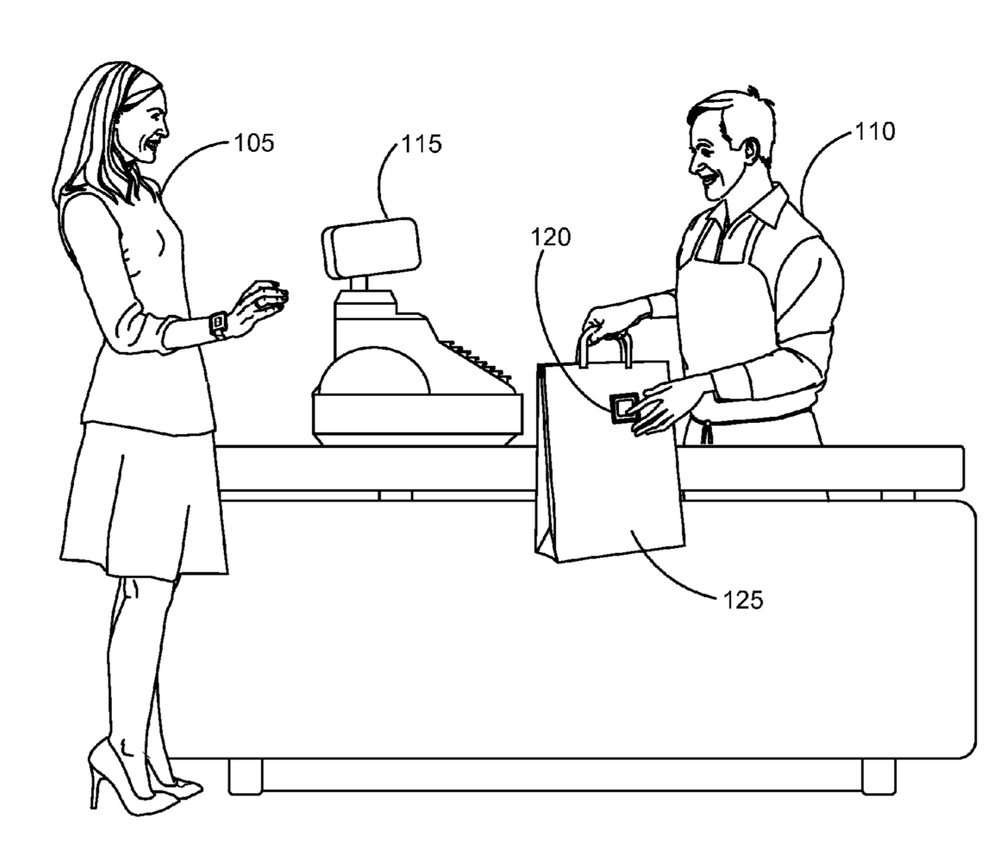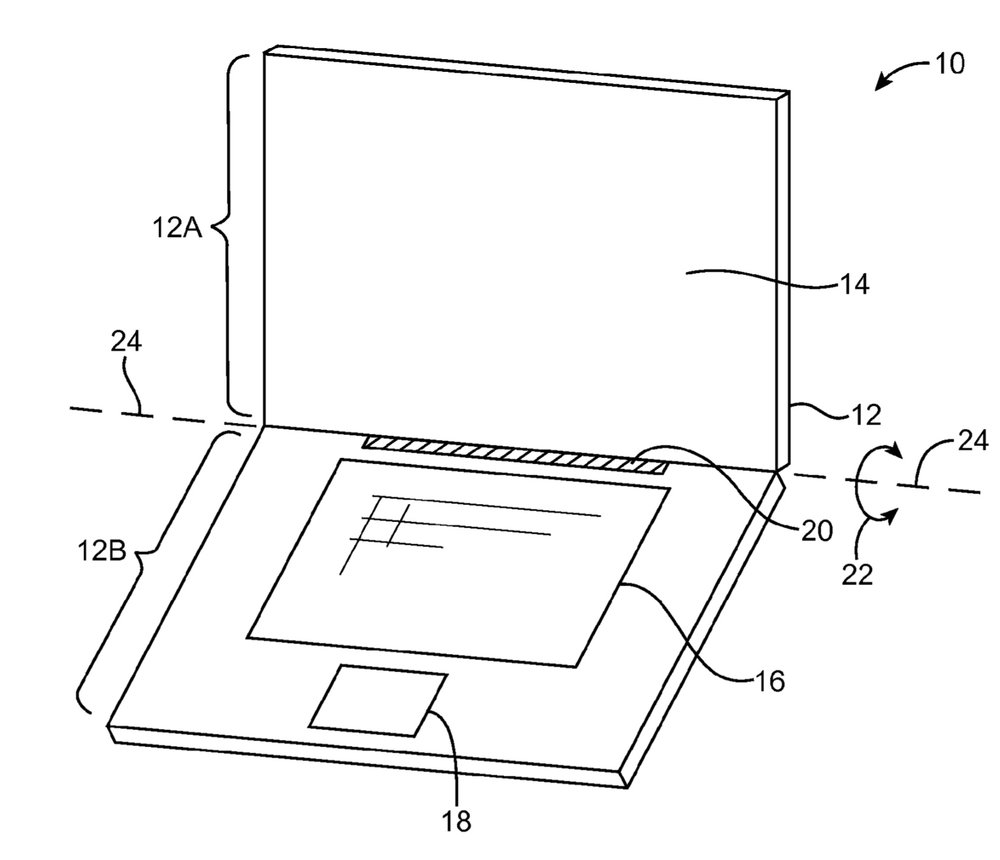Apple wants to help you eat healthier. The company has been granted a patent (number 9,640,088) for “electronic tag transmissions of custom-order nutritional information.”
It involves a computer-implemented method for encoding radio frequency identification (RFID) electronic tags to represent custom-order nutrition variables that could communicate with your iPhone or Apple Watch. At an electronic vendor device at a check-out counter, a custom food order can be identified. At the device, a nutrition variable based on the custom food order can be determined. At the electronic vendor device, an RFID electronic tag can be encoded to store the nutritional variable.

In the patent filing, Apple says that restricting particular types of consumption can be advantageous, such as restricting calories, fat consumption, salt intake and/or sugar intake. What’s more, consuming at least a threshold quantity of vegetables, fruits, dairy, healthy fats, vitamins, water and so on are consumed can also be health advantageous.
Despite this, Apple says lots of folks struggle to meet various goals or guidelines, of which, many even fail to recognize their levels of consumption. One particular difficulty in tracking nutritional data occurs when individuals eat out of their homes. An increasing number of eateries are publishing nutritional information, but the nutritional information is frequently inconvenient to access at useful times and further is limited to stock items.
Apple thinks that its invention can help overcome such problems. The electronic tag can transmit the encoded data (e.g., via near-field communication) to an electronic user device (such as an iPhone or Apple Watch, in response to a tap of the device). The Apple device can then use the data to update nutritional tracking information associated with a user account. For example, the electronic user device can maintain a current value for a daily calorie count and update the count based on the data.
As a example, a vendor employee can enter input to an electronic vendor device that indicates that a customer has ordered a hamburger with extra cheese and no ketchup, a small order of fries and a water. The electronic vendor device can identify a nutrition variable for each of the hamburger, cheese, ketchup, fries and water.
The electronic vendor device can combine the nutrition variables for the hamburger, cheese and ketchup to generate a custom-hamburger nutrition variable in a manner such that the variables for the hamburger and cheese are combined and that for the ketchup is subtracted from the combined value. The vendor device can encode an electronic tag (e.g., an NFC tag) to store data that includes an identification of each ordered item (e.g., hamburger plus cheese minus ketchup, small fries and water), a calorie count for each ordered item and a calorie count for the order as a whole.
The vendor employee can stick the electronic tag (which can include an adhesive surface) to a food order package (e.g., bag, box, plate or lid). A user can then tap the electronic tag with an Apple device, so that power is provided to the tag and/or a transmission of the data from the tag to the electronic user device is initiated. The electronic user device can present the data and/or update one or more user-associated variables (e.g., remaining calories in a daily calorie budget) based on the data.
Apple has also been granted another patent (number 9,640,561) for a “flexible display with bent edge regions” that will further fuel rumors that the “iPhone 8” will have a more flexible display — and perhaps future iPads and Mac laptops, as well.

Here’s Apple’s summary of the invention: “An electronic device may have a flexible display with portions that are bent along a bend axis. The display may have display circuitry such as an array of display pixels in an active area. Contact pads may be formed in an inactive area of the display. Signal lines may couple the display pixels to the contact pads. The signal lines may overlap the bend axis in the inactive area of the display.
“During fabrication, an etch stop may be formed on the display that overlaps the bend axis. The etch stop may prevent over etching of dielectric such as a buffer layer on a polymer flexible display substrate. A layer of polymer that serves as a neutral stress plane adjustment layer may be formed over the signal lines in the inactive area of the display. Upon bending, the neutral stress plane adjustment layer helps prevent stress in the signal lines.”
Of course, Apple files for — and is granted — lots of patents by the U.S. Patent & Trademark Office. Many are for inventions that never see the light of day. However, you never can tell which ones will materialize in a real product.
